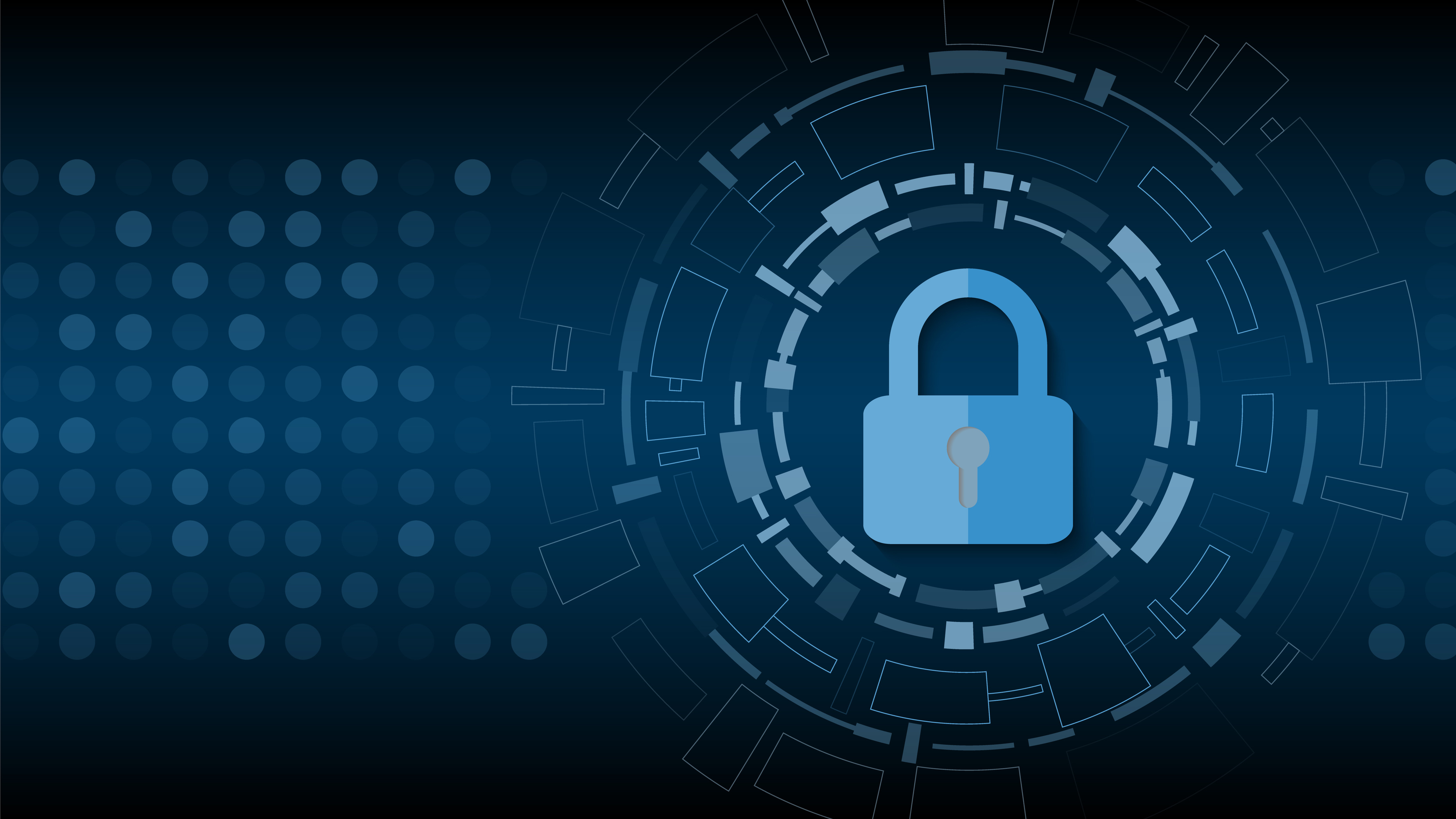CommonSpirit Health: how ransomware attacks effect healthcare organizations
Millions of Americans could be impacted by a recent ransomware attack on a significant healthcare organization that manages more than 1,000 hospitals...
2 min read
.jpeg) Michael Markulec
:
Aug 6, 2021 11:00:33 AM
Michael Markulec
:
Aug 6, 2021 11:00:33 AM

Ransomware attacks continue to be serious threats, but the audacity, sophistication, and reach of the recent spate of attacks have moved from individual companies or government entities to the nation’s front pages and, potentially, reached the level of national security.
Building more robust defenses against ransomware attacks must be a national priority, one that security experts, technology companies, and governments must tackle together. At the level of individual companies, it’s time to take a fresh look at what security protocols are in place and shore up immediate vulnerabilities.
Once your team has confirmed that the basics are in place, there are several additional factors to consider to help stop nefarious actors:
Employ “MFA everywhere.”
Old-school credentials, such as reliance on a username and password, are easy to guess, easy to compromise, and easy to steal. It’s time to move to multi-factor authentication everywhere possible if you haven’t already. Requiring multiple user authentications before granting access to your network makes sense, but it’s only a start. Security best practices are moving from passwords altogether in favor of a layered approach that could include a hard token, biometrics, or other technologies still on the horizon — all to achieve stronger authentication that can’t be as easily stolen.
Consider zero trust-based security.
When your systems and services are built to embody zero trust, you have replaced implicit trust with proof. Just because you’re inside a corporate firewall, zero-trust security ensures that you don’t trust everything there — and that the system doesn’t implicitly trust you. Your level of access is based on proof of who you are and what you need to access. Each side of the online interaction — the user and the network — can attest that each transaction is up to date, patched, not vulnerable or compromised, and current. You start with zero trust and then build confidence from there.
Leverage the power of SAS providers.
For companies that still manage some portion, or even all of their, network on-premises, it’s troublesome to keep all the components up to date and patched, watch for vulnerabilities and make sure all parts of the system are locked down. Miss one update or patch and your entire system could be vulnerable to cybercriminals. One way to simplify these challenges is to shift that burden to your cloud service provider by leveraging its higher-order services to achieve the greater levels of security that today’s digital world requires.
Staying ahead of online criminals is a never-ending battle. But, you can be sure that today’s technology companies are at the forefront of protecting our digital environment. By employing these basic network system protections and remaining up to date on other security systems, you can make sure your company is deploying the required protections to operate safely, protect your data and foil those who seek to harm your company.

Millions of Americans could be impacted by a recent ransomware attack on a significant healthcare organization that manages more than 1,000 hospitals...

The landscape of cybersecurity insurance is shifting in the wake of a wave of high-profile ransomware attacks. Over the last five years, the U.S. has...
There are many hearings and bills related to technology and cyberspace scheduled for the House and Senate's final days of work before their summer...